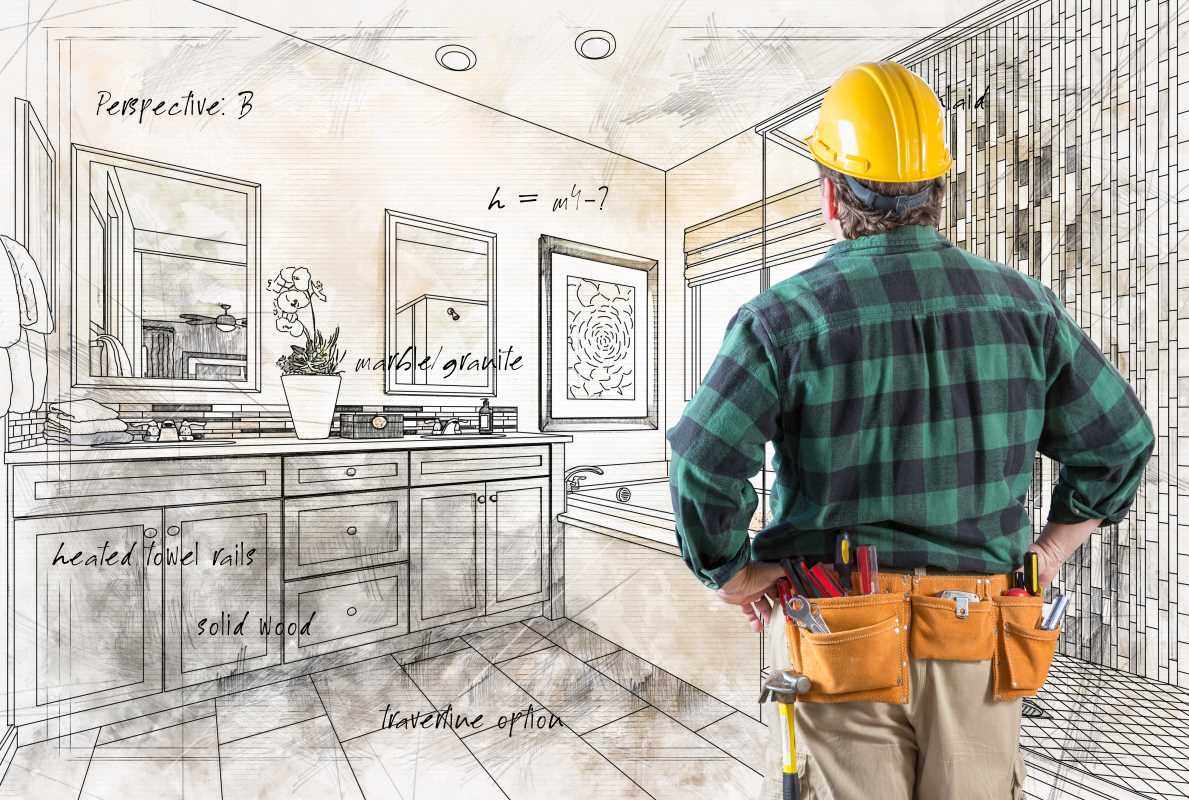Living in a multi-generational household can be an enriching experience. It allows families to share responsibilities, build closer bonds, and provide support to one another. However, such a setup also requires a home that caters to the unique needs of everyone involved. From grandparents to toddlers, each generation has its own expectations and preferences. This is where thoughtful home renovations come in.
Renovating for multi-generational living means balancing privacy and shared spaces, ensuring functionality, and making the home accessible for every family member. Whether you’re integrating separate living quarters, adding an extra bathroom, or upgrading your kitchen, careful planning can make all the difference. The following guide offers checklists and actionable tips to help you create a comfortable and inclusive multi-generational home.
Evaluate Your Family’s Needs
Before you start tearing down walls, take the time to assess your household’s unique requirements. Consider the number of people in your home, their ages, and their daily routines.
Questions to Ask:
- How many people need private bedrooms?
- Are there family members with mobility issues who need accessibility upgrades like ramps or wider hallways?
- Does your family cook and eat together, or will separate kitchen areas be helpful?
- How many bathrooms do you realistically need to accommodate everyone comfortably?
Write down these considerations to identify which renovations should take priority.
Create Separate Living Areas
Privacy is a major factor in creating harmony within a multi-generational home. While everyone might love spending time together, individuals will also appreciate having their own personal space to unwind.
Checklist for Private Spaces:
- Build private bedrooms for each family unit: Even small rooms can suffice as bedrooms if they offer a quiet retreat.
- Consider separate entrances: For increased autonomy, elderly parents or adult children may benefit from their own access to the home.
- Add ensuite bathrooms: Where possible, pair bedrooms with private bathrooms to minimize morning bottlenecks.
- Soundproof walls: Installing drywall with sound-dampening technology helps reduce noise between rooms or floors.
If space is limited, consider converting basements, garages, or attics into independent living quarters. These areas can be transformed into functional “in-law” suites with a bedroom, small bathroom, and kitchenette.
Design Functional Shared Spaces
Shared spaces play a big role in multi-generational households, offering a place for the family to come together. That said, they need to be designed in a way that works for everyone.
Kitchen and Dining Checks:
- Optimize the kitchen layout: Consider adding a second kitchen island, more countertop space, or dual refrigerators to meet higher cooking demands.
- Install double ovens or oversized appliances: Cooking for large groups is easier with equipment designed for high-volume use.
- Add seating options: Whether it’s a breakfast bar, a large dining table, or bench seating, ensure everyone has a place during meals.
Living Rooms and Common Areas:
- Arrange seating in a way that promotes conversation, with comfortable couches and chairs that accommodate all ages.
- Consider open-concept layouts that make socializing easier and create better flow for large gatherings.
- Create flexible zones. For example, add a small reading nook or a quiet corner for grandparents in shared living areas so they can relax even while others are socializing.
Focus on Accessibility
If your multi-generational family includes elderly parents, children, or individuals with disabilities, accessibility should be a key consideration in your renovation plan.
Accessibility Checklist:
- Entryway ramps: Base-level access ensures older adults or wheelchair users can enter and exit the home safely.
- Wide doorways: Widen doors to at least 32 inches to accommodate wheelchairs or walkers.
- Grab bars: Install grab bars in bathrooms near the toilet and inside the shower or tub area.
- Non-slip flooring: Opt for carpets, vinyl, or textured tiles to minimize the risk of falls.
- Elevators or chairlifts: For homes with multiple floors, consider installing an elevator or a stair chairlift for easy mobility.
Even small updates like switching to lever-style door handles or faucets can make a big difference in improving accessibility.
Renovate Bathrooms for High Traffic
Bathrooms are one of the most used spaces in a home, and when multiple generations are living together, efficiency is essential.
Bathroom Renovation Ideas:
- Add extra bathrooms: For growing families, building an additional bathroom is almost always worth the investment.
- Create separate zones: Divide bathrooms into areas for the sink, toilet, and shower so multiple people can use them at once.
- Consider dual vanities: Installing double sinks in shared bathrooms reduces morning traffic jams.
- Walk-in showers: These are more accessible for seniors and can also save space compared to bathtubs.
Make sure to install plenty of storage in each bathroom, such as cabinets or vertical shelving, to prevent clutter from accumulating.
Maximize Storage Solutions
Multi-generational households often come with a lot of “stuff.” From baby supplies to extra linens for visiting relatives, you’ll need smart storage solutions to keep your home tidy.
Tips for Better Storage:
- Built-in shelves: Use vertical space in living rooms, closets, and hallways for extra storage without taking up much floor space.
- Under-stairs storage: Create custom drawers or cubbyholes under the staircase to stash shoes, toys, or seasonal items.
- Furniture with storage: Ottomans, beds with built-in drawers, and bench seating help reduce clutter while serving a dual purpose.
- Garage or attic organization: Use labeled bins and modular shelving in garages or attics for items that aren’t needed daily.
A home with ample, organized storage space is much easier to maintain when managing the needs of multiple generations.
Create Outdoor Living Spaces
Outdoor areas are ideal for multi-generational bonding and provide extra “living rooms” for families that need more space.
Outdoor Renovation Ideas:
- Patios and decks: Build a spacious, weatherproof patio with seating and dining options for large gatherings.
- Safe play areas: Add fencing or soft flooring materials like rubber mats for kids’ play zones.
- Gardens: Create a space where grandparents and kids can enjoy gardening together, planting flowers or vegetables.
- Outdoor kitchens: Install grills, sinks, and storage cabinets to make cooking and dining outside easy and fun.
Don’t forget to install proper lighting outdoors to make these spaces safer and more usable in the evenings.
Plan for Energy Efficiency
A full house also means increased energy use, so it’s wise to consider energy-efficient updates during renovations.
Energy-Saving Tips:
- Install solar panels to reduce electricity bills.
- Use energy-efficient appliances, such as refrigerators and washing machines, to minimize power and water consumption.
- Install programmable thermostats so you can control heating or cooling in specific zones of the home.
- Switch to LED bulbs and consider motion-activated lights in common areas to cut down energy usage.
Green renovations not only help with monthly expenses but also make your home environmentally friendly.
Stay Flexible
Multi-generational living can change over time. Grown children may move out, grandparents may move in, and babies may arrive. Your renovation should account for these possibilities by focusing on flexibility and adaptation.
Examples of Flexible Design:
- Convertible spaces: Create rooms that can easily function as a guest bedroom, hobby room, or office depending on future needs.
- Movable walls: Use sliding partitions to divide larger spaces or open them up when you need more room.
- Temporary housing solutions: Consider building a detached accessory dwelling unit (ADU) that can serve as extra housing that adapts to future needs.
By planning for both the present and the future, you’ll ensure your home remains functional for years to come.
 (Image via
(Image via





